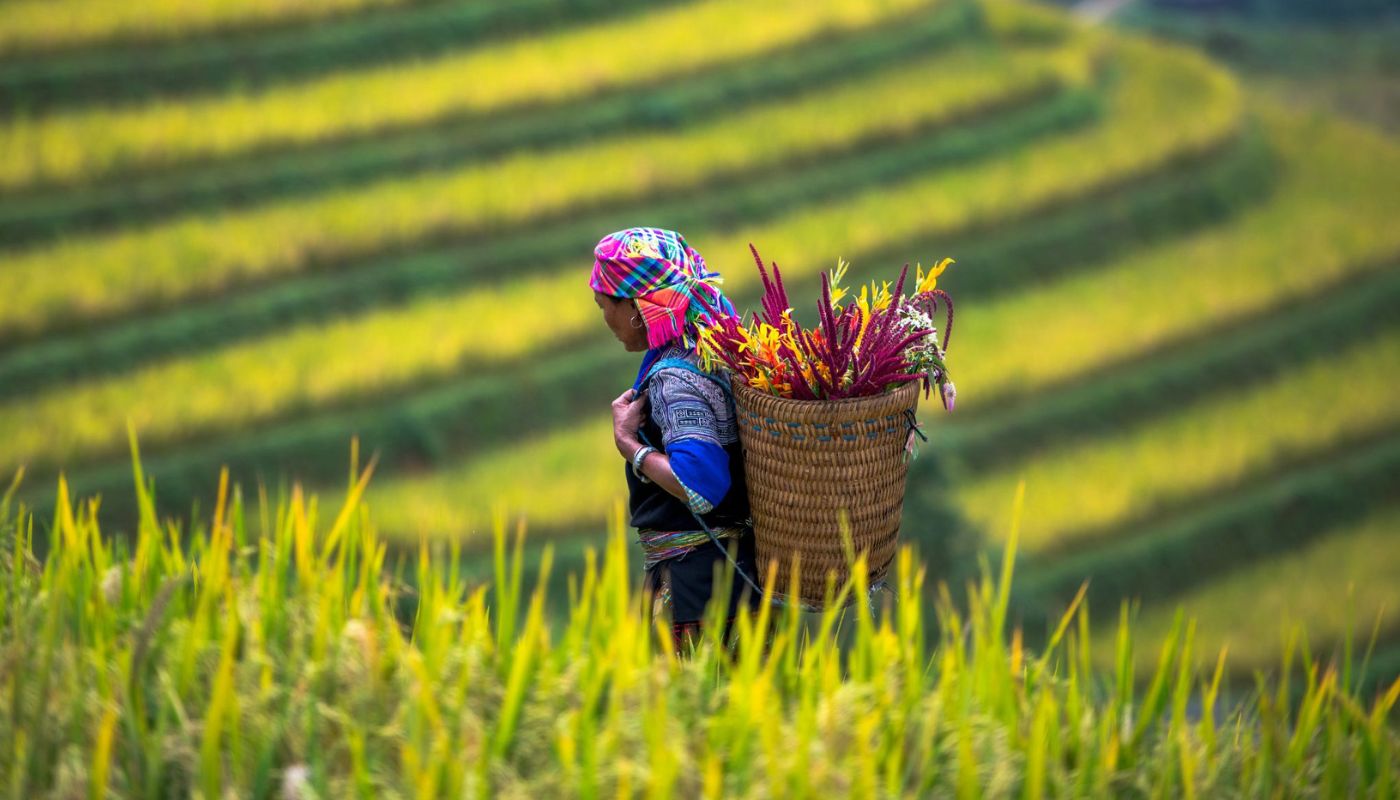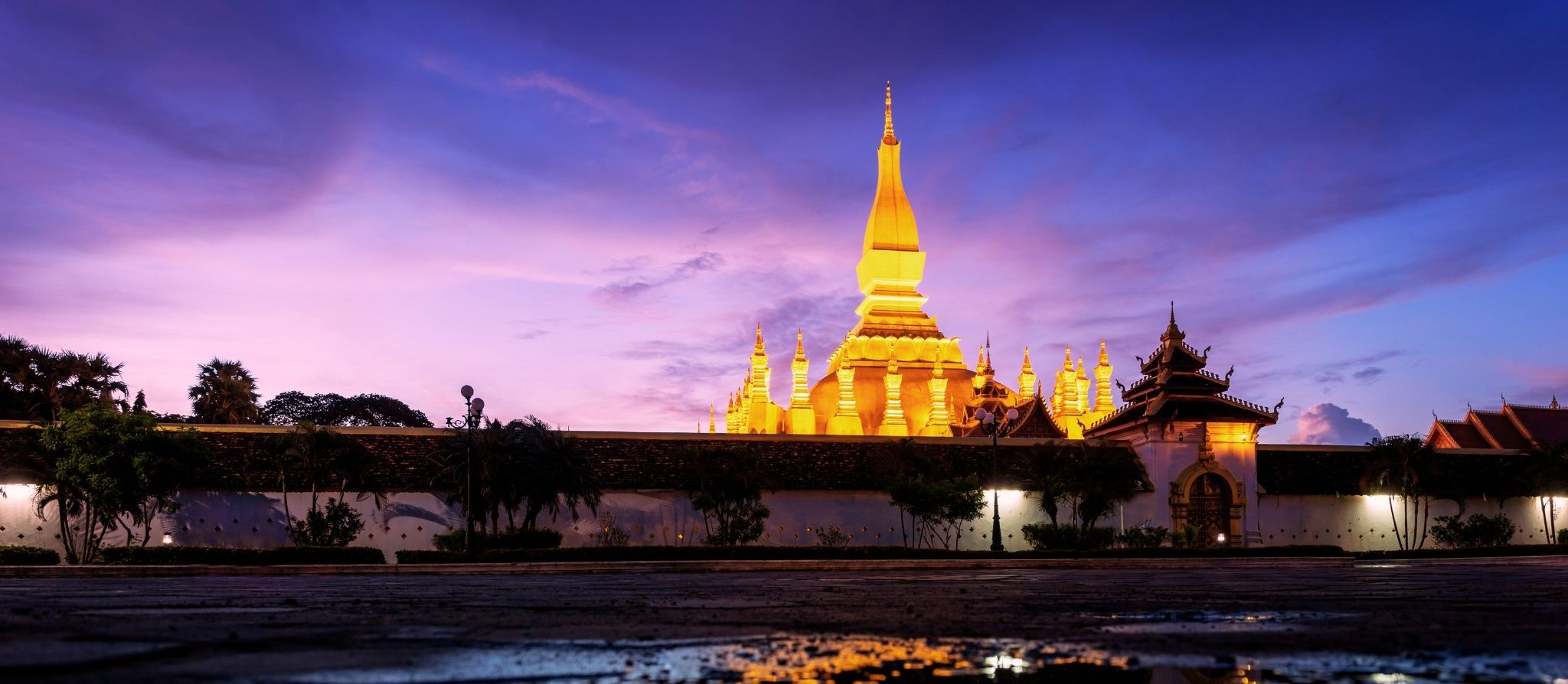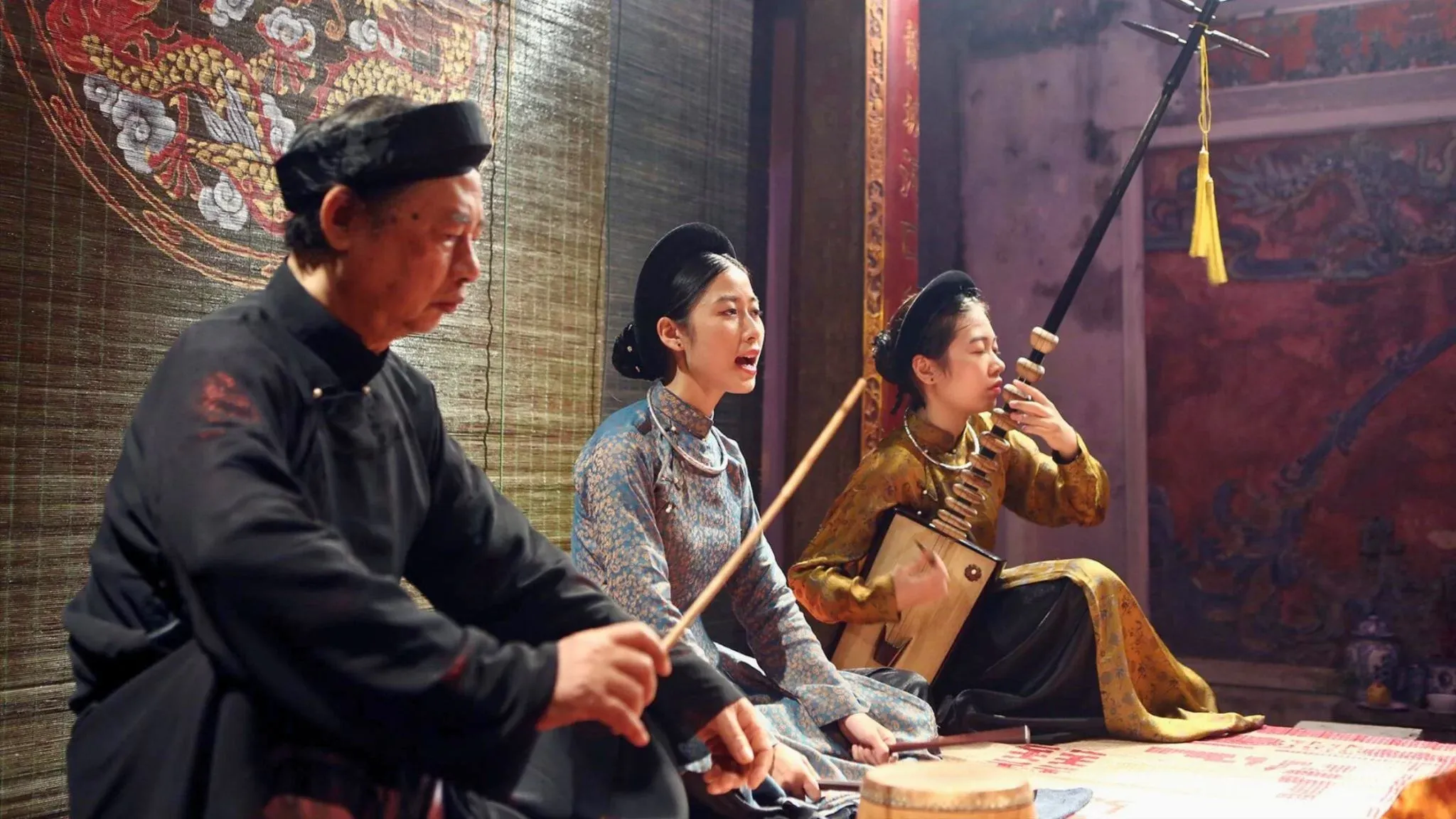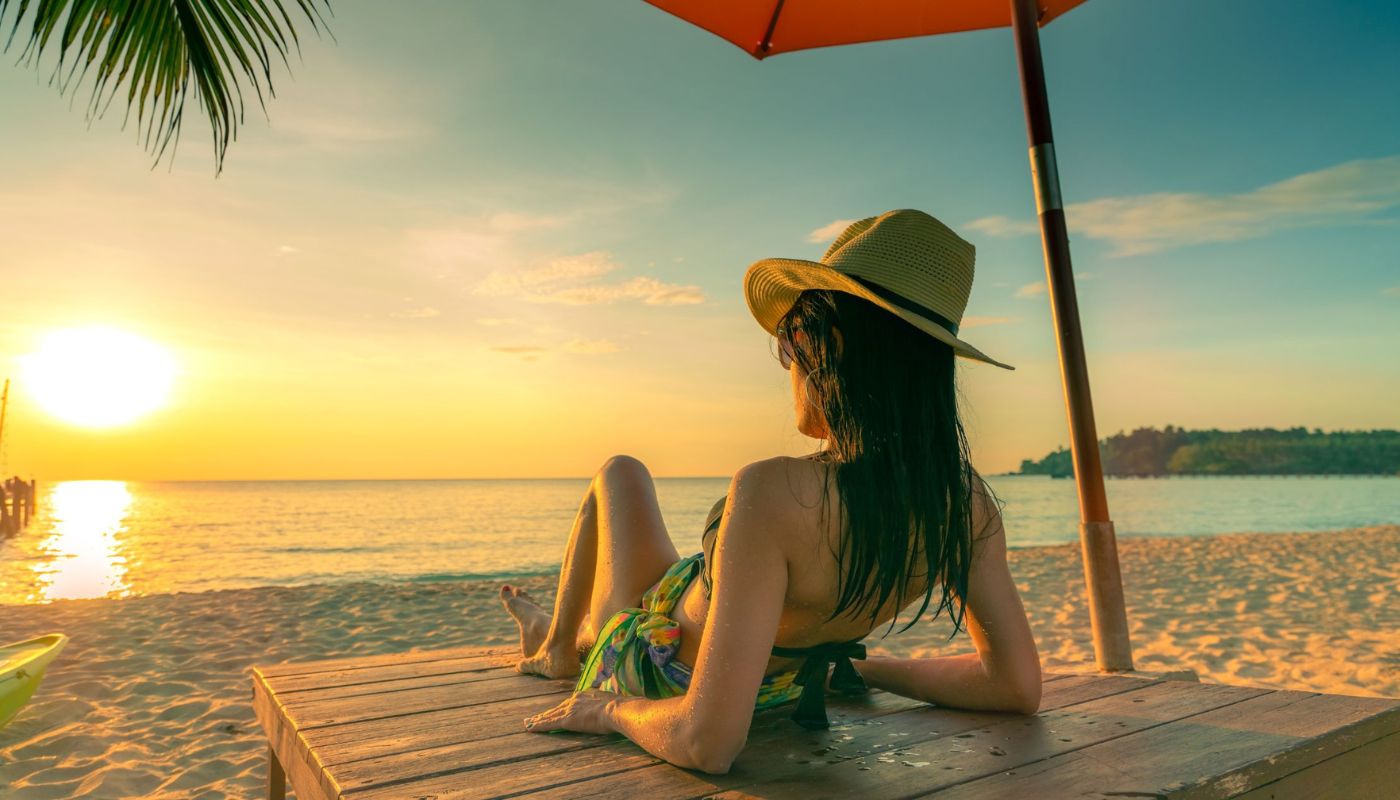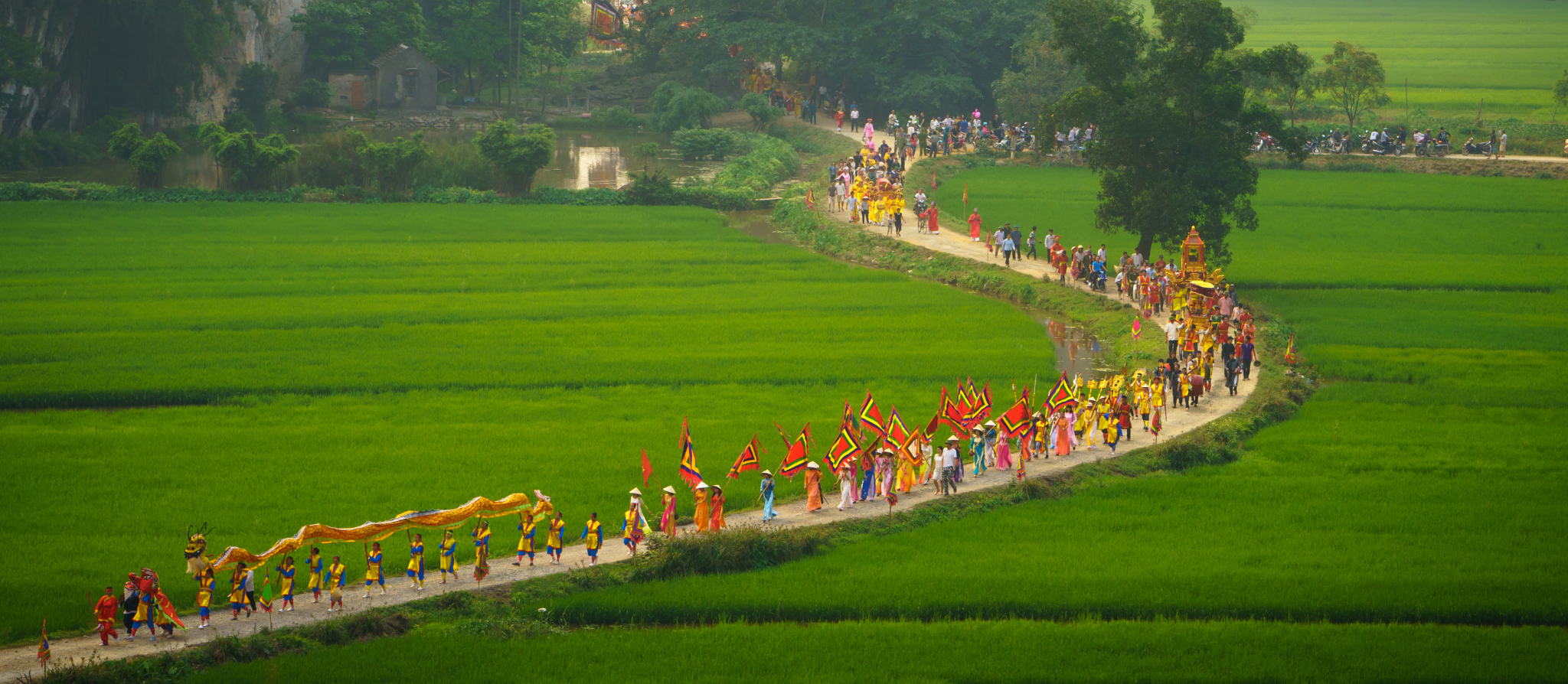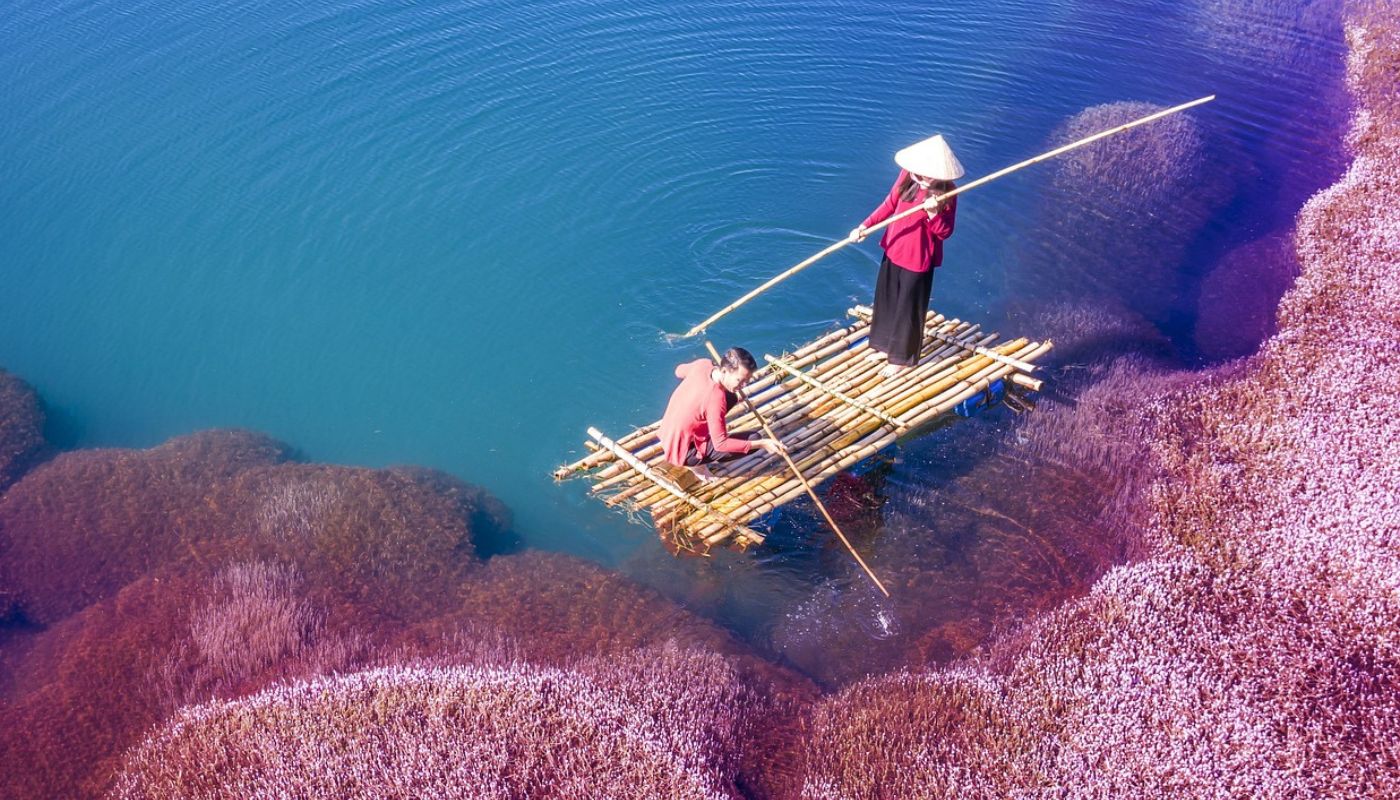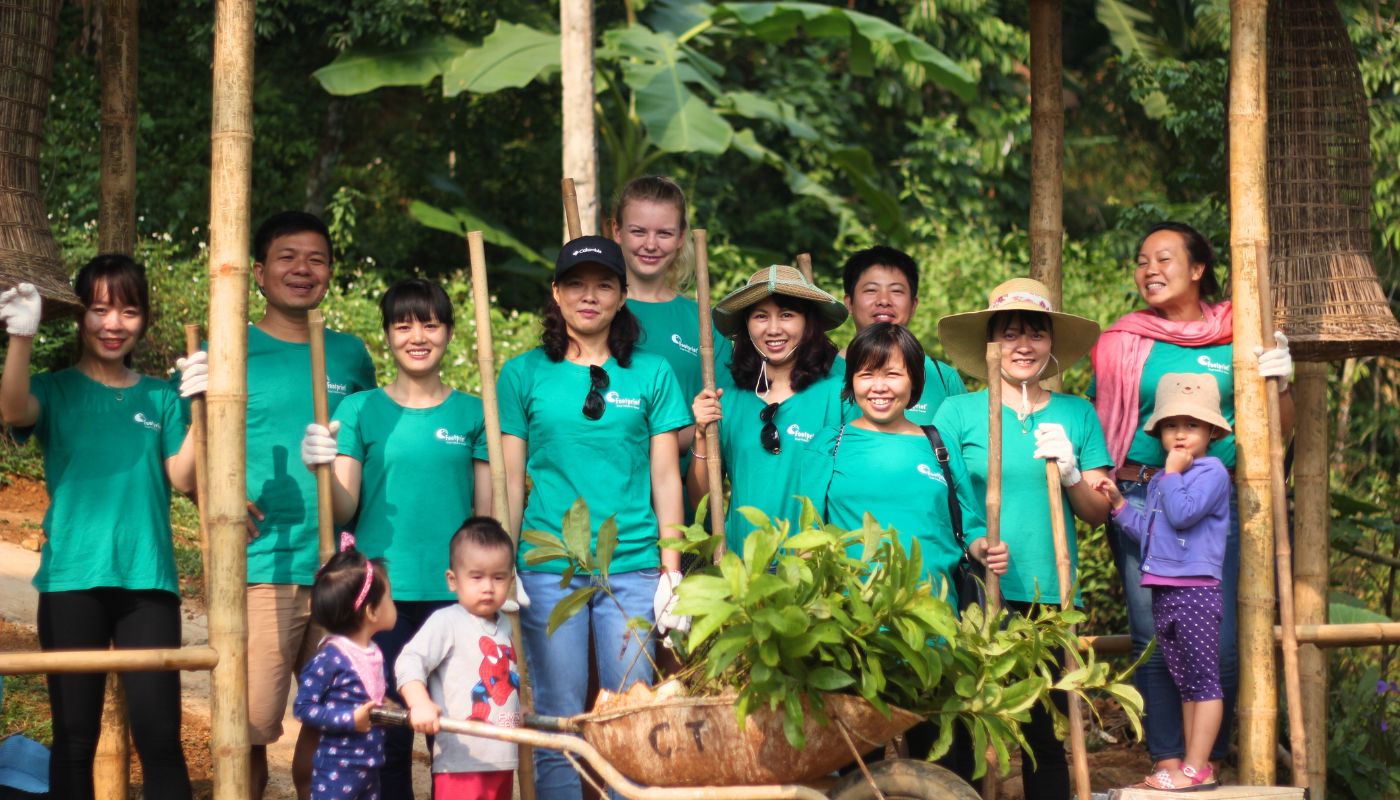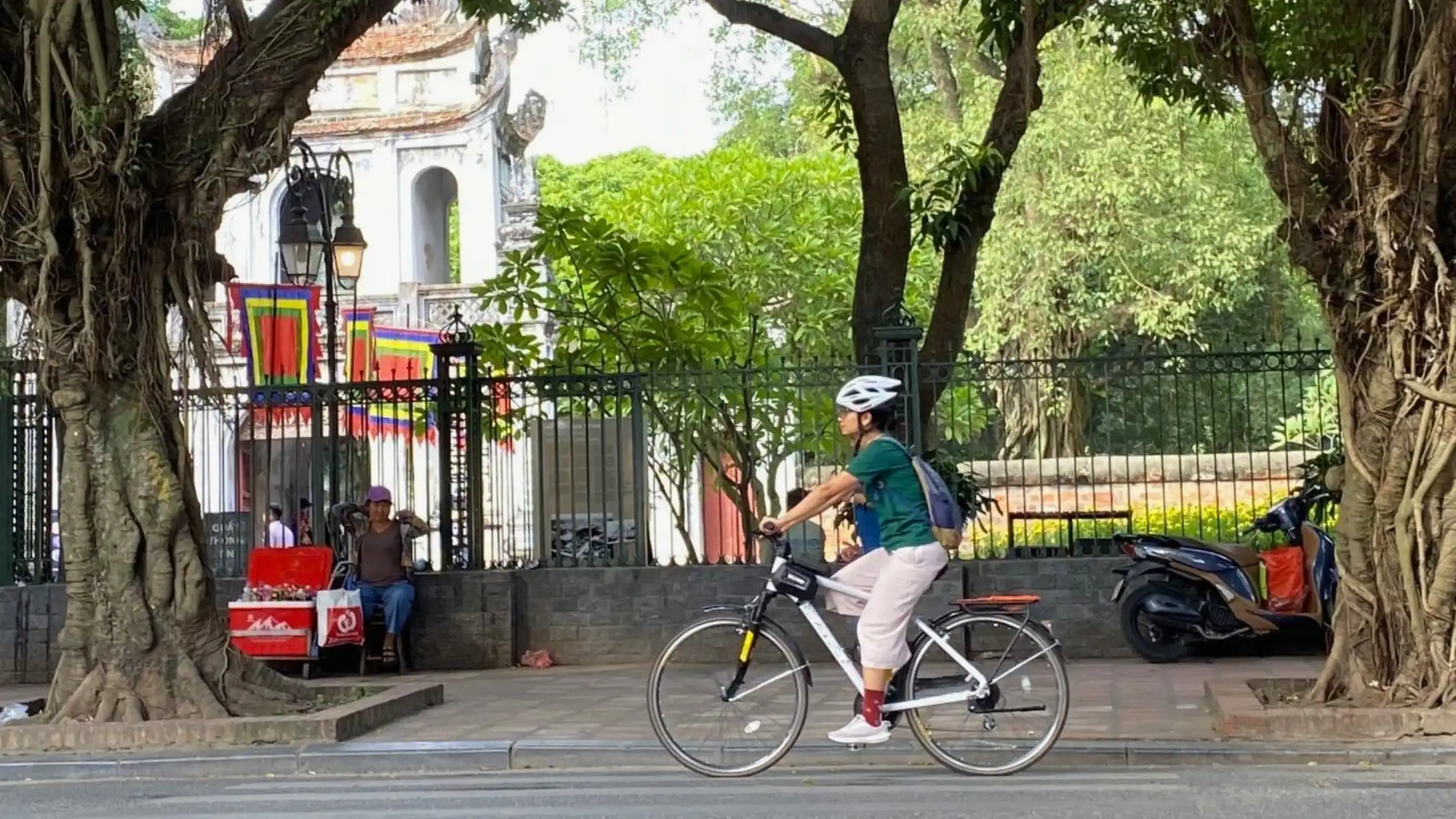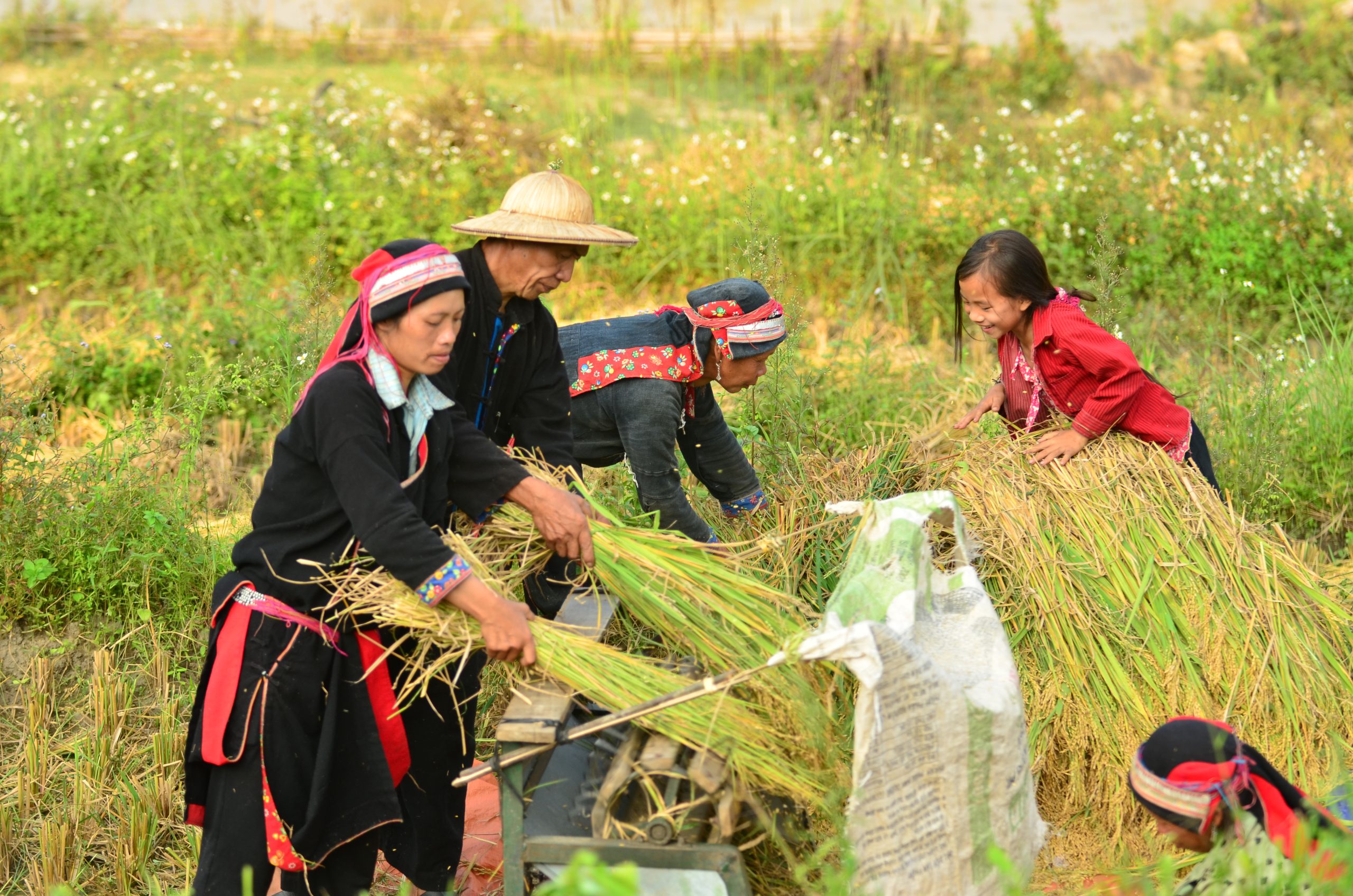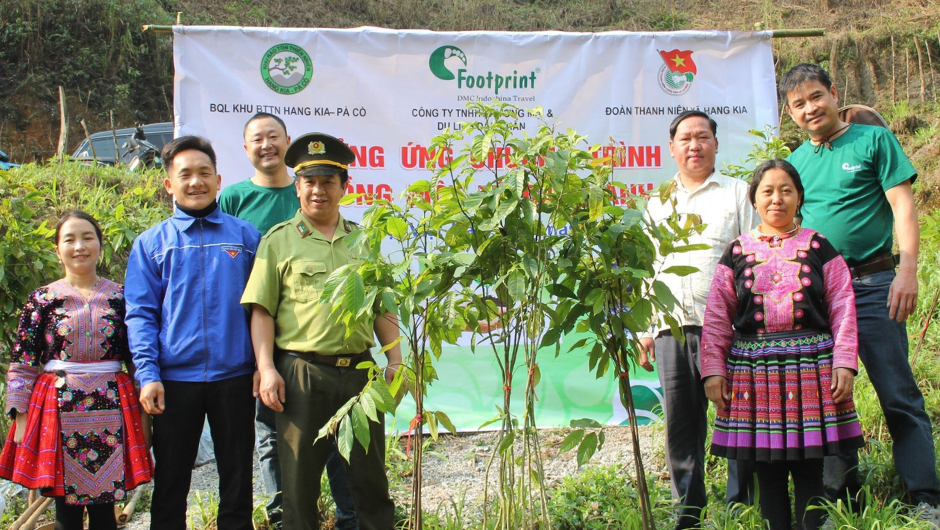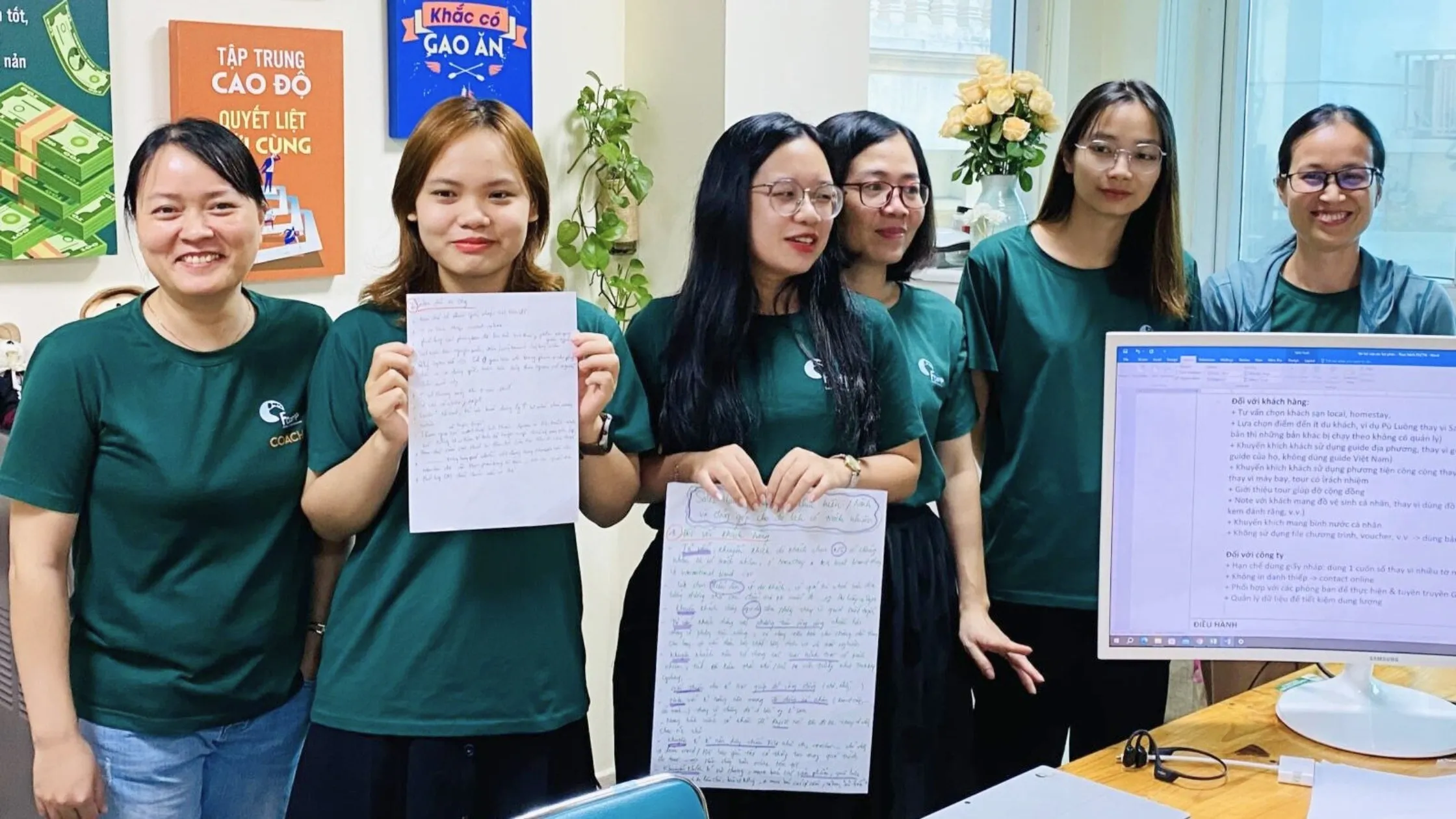Indochina Travel Packages
Experience Vietnam’s rich culture and landscapes with Footprint’s sustainable, unforgettable travel packages.
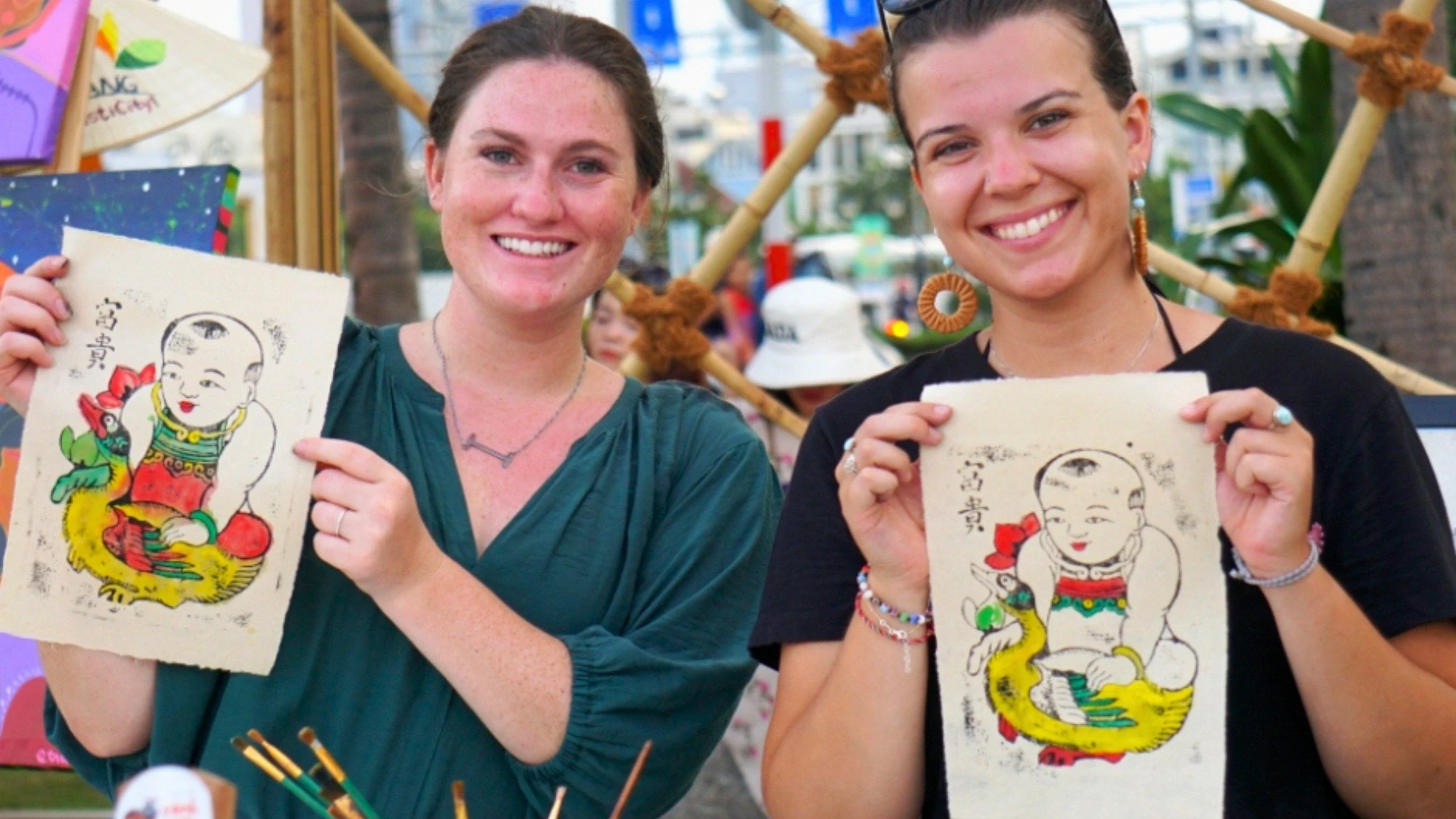
LIVELY VIETNAM (20D)
Vietnam - Long package tour (Code: VN20)
Embark on a captivating 20-day journey through Vietnam, exploring its rich history, vibrant culture, and stunning landscapes.
Hanoi - Sapa - Ha Long - Ninh Binh - Hue - Da Nang - Hoian - Nha Trang - HCM City - Cu Chi - Mekong
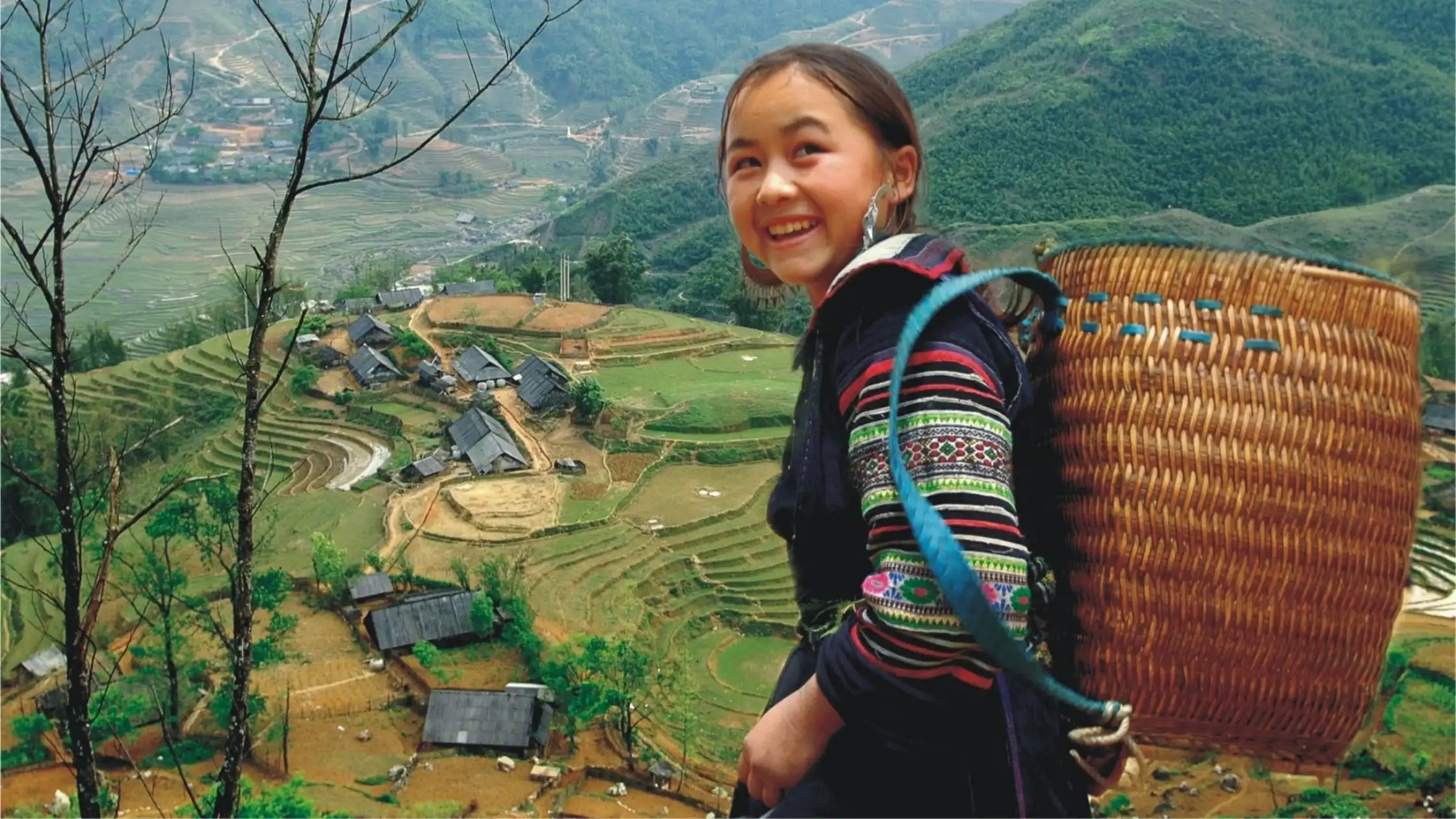
HMONG’S PANORAMA – SAPA (2D)
Vietnam - Trekking, CBT & Culture (Code: SHP02)
This 2 day, 1 night trip to Sapa immerses you in its lush beauty and provides the experience to the culture of the Hmong.
Sa Pa - Y Linh Ho - Lao Chai - Sa Pa

Y TY TERRACES (3D)
Vietnam - Trekking (Code: SYT03)
Y Ty, Lao Cai, is famous for its terraced fields and Ha Nhi culture.
Lao Cai - Y Ty - Sapa
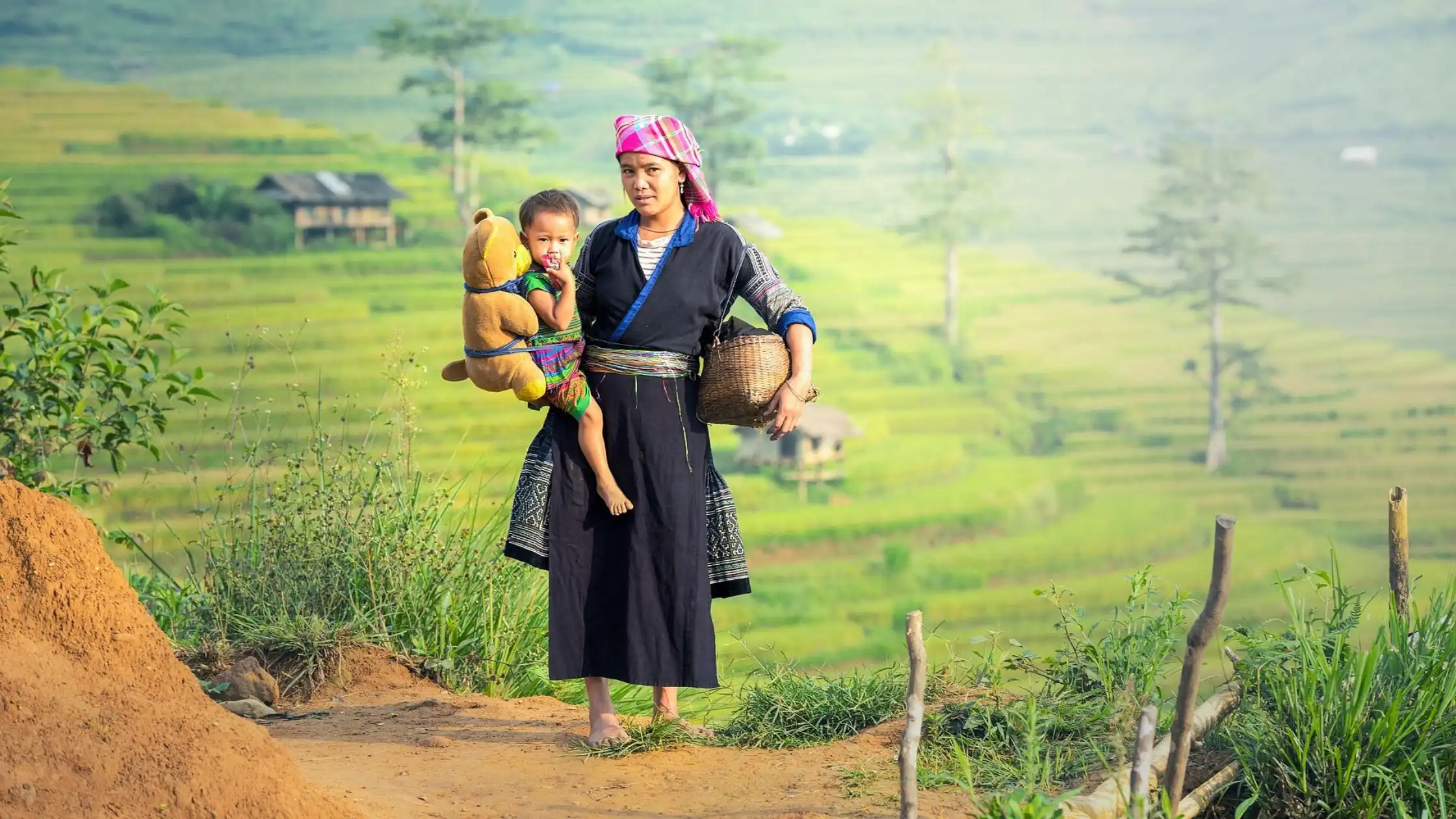
NORTH TREK & CRUISE (4D)
Vietnam - Hassle-free Package (Code: NV04)
A short trip exploring northern Vietnam’s culture, Sapa, and Ha Long Bay.
Hanoi - Sapa - Ha Long - Hanoi
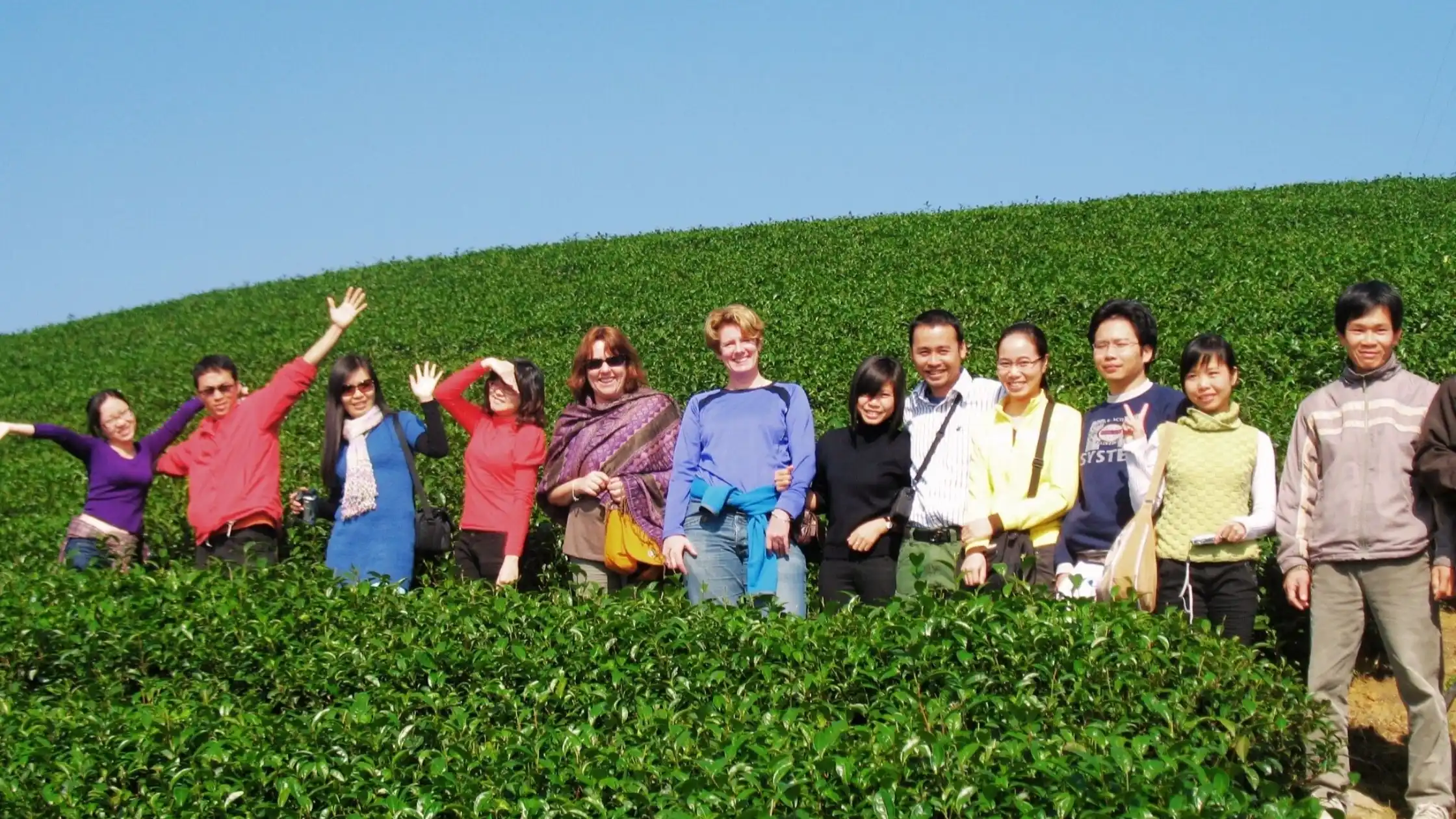
NORTH WEST LOOPS OF VIETNAM (6D)
Vietnam - Combined Experiences (Code: NW06)
An exciting ride through Vietnam’s Northwest with stunning landscapes and local tribe encounters.
Hanoi - Moc Chau - Nghia Lo - Mu Cang Chai - Sa Pa - Hanoi


